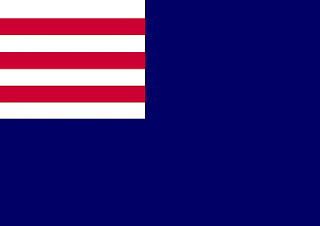|
|
Halloween is often considered an American holiday of the USA. Truth is, its a Canadian-American tradition. It is one of those weird organically initiated holidays that caught on both sides of the border. Halloween is for anyone and everyone. There is no official group that holds the title of Halloween authority, so all can participate.
Sure, its connected to the Irish, which is connected to Rome, which is connected to Egypt, which goes who knows where? But this holiday is nearly of the same flavor in the both the USA and Canada. Likewise the orange pumpkin is a domestic fruit native to this continent of North America. So it's a true blue, oops a true black and orange custom for two radically different nations. Yet they are connected by a rather delicious type of squash every October 31st. It is a true Ameri-Canadian non-denominational holiday open to any faith, race, creed, or age.
Halloween is a holiday that connects the community on the local level. Sometimes there is a parade, but the at the heart of the celebration is the weave of love between neighbors. Rarely is there a time when you get to potentially meet all the people who live in your hometown. At no other time of the year do kids make the most fleeting of face to face bonds with people in the tribal-community unity: the neighborhood.
The fun fact about Halloween is this is the time of the year when Earth's orbit is at a maximum distance away from the Milky Way's Galaxy's Core, meaning it's our closest visit to the outer rim of our hometown galaxy, the Milky Way Galaxy.










